It's the middle of spring here in western NY, and there's been plenty of work to do outside! This is one of my favorite times of year, because there's plenty of things to snack on all around me as I do my outdoor spring cleaning.
Wood sorrel, the plant with the green, heart shaped leaves in the picture below, has been one of my favorites since I was a child. This is the first wild edible I learned to identify, and I've found it growing prevalently just about everywhere in the US. It has a sharp, lemony flavor, especially the flowers. It's a very common weed in this area, and from now until late fall I'll eat at least a little bit of this every day.
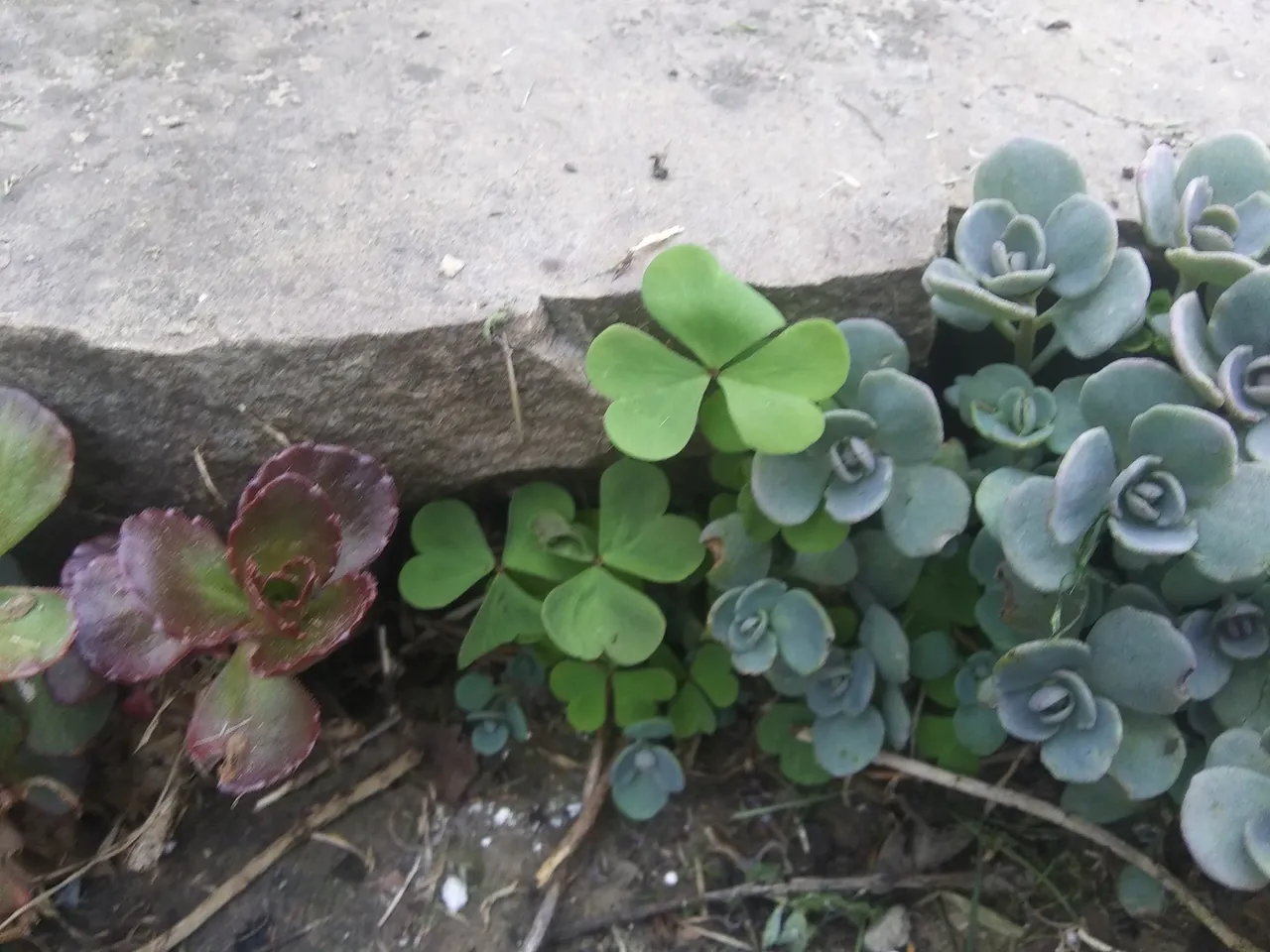
Of course, dandelion needs no introduction or description. If you're not familiar with this ubiquitous edible, it seems safe to assume you've never been outside! Dandelions can be found all over the world from spring through fall, and every part of them is edible. I've never personally cared for the taste; they're a bit more bitter than I like. It is still a staple food source for many people, and the internet is full of dandelion recipes.

Young fern shoots, known as 'fiddle heads' for their shape, are another one of my favorite spring snacks. They have a very crispy, crunchy texture, like lettuce, with a flavor similar to mushrooms. These are all edible in my area, but I believe that there are some poisonous ferns out there, so you will want to do some extra homework before chewing up a handful of these!
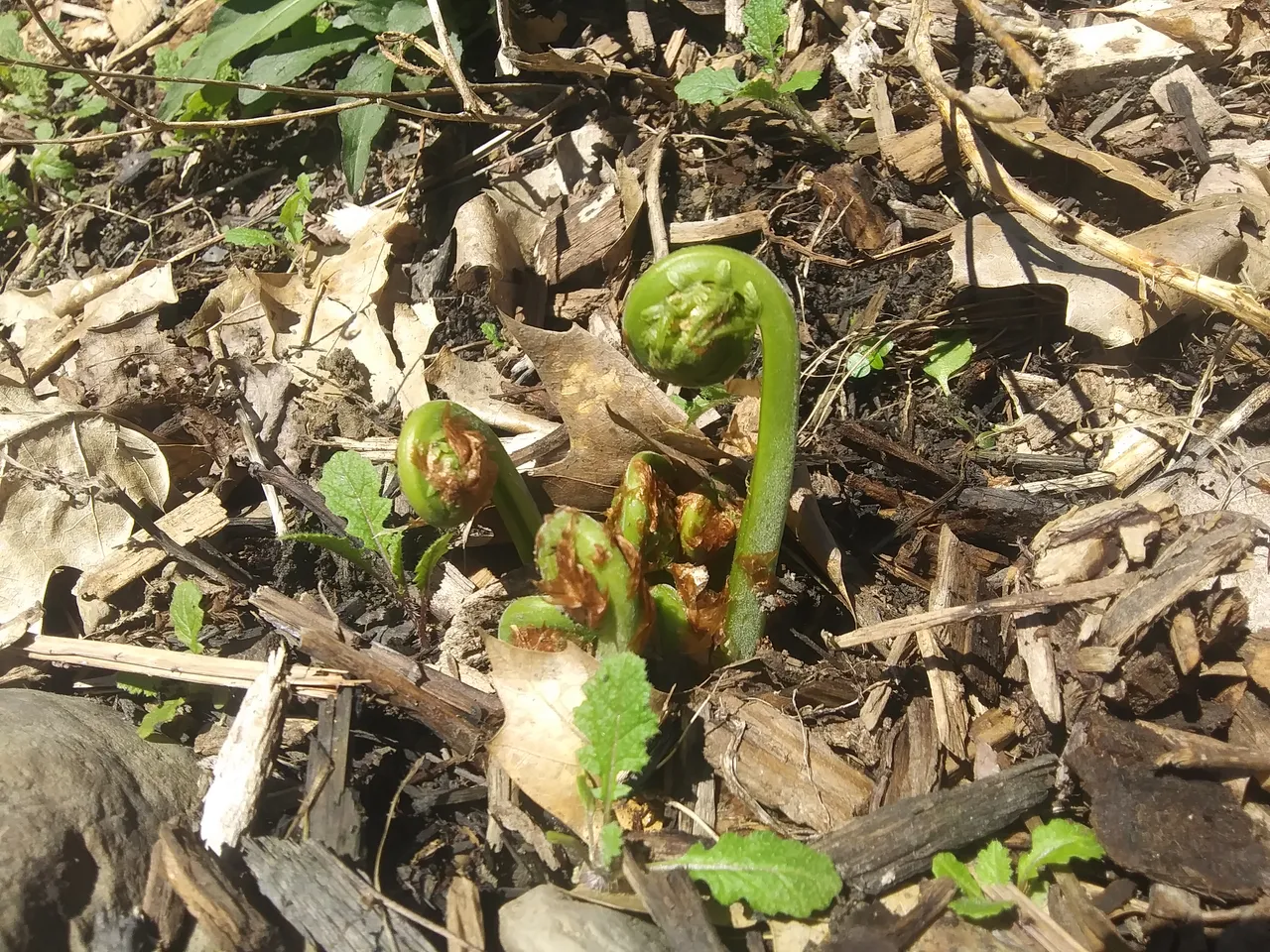
Duck weed, the green mass floating on my little pond in the picture below, is another edible that can be found in vast amounts in ponds. It may just look like algae in this picture, but when you look closely at it, duck weed will resemble miniature lily pads. Each green spot is one tiny leaf on the water's surface, with an inch or two of root hanging below it. Duck weed doesn't anchor to the soil, and can be scooped right out of the water with ease. This is another one that I don't particularly care for, but my chickens absolutely love it, and we give them some to supplement their diet when we're keeping them locked up.

Common sorrel, another very prevalent weed in this area, is not often listed as an edible in field guides, but it's not poisonous. It's the broad green leaves in the picture below, with a slight redness in the stem of the largest one. I'm not sure why it's skipped so often, but my guess is that it probably has low nutrient value. I don't know if you can live off this stuff, but you can eat it. It has a flavor like very mild rhubarb, and just one leaf can be enough to fill your belly.
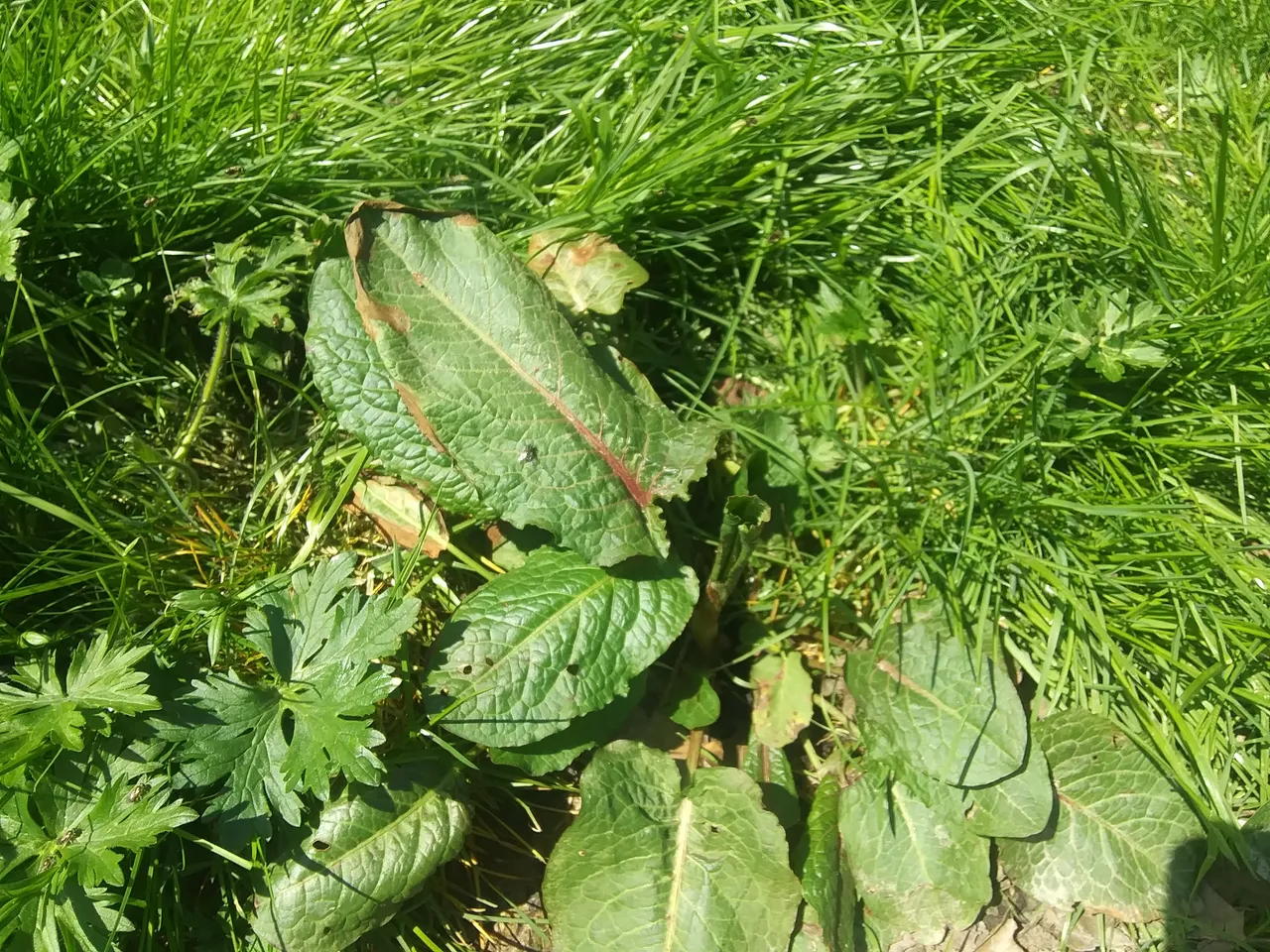
Another tasty wild food that I love adding to salads is wild violets. These beautiful little flowers can be found in lawns in the Northeast US all spring and summer long. They have a crispy texture and a lightly sweet, flowery flavor. The roots of the plant are also edible, and are a bit more substantial than the flowers. I haven't tried the roots yet myself.

The flowers of the wild violets will sometimes be white. I'm not sure if this is a genetic variation of the plant, or the result of a nutrient imbalance or other environmental factor. I've eaten lots of both colors, and can confidently assure you that they're both quite safe.

My asparagus that you see in the picture below is cultivated, but I've included it in this foraging post because my father and uncles would tell me stories about gathering wild asparagus in roadside ditches when they were young. I've never seen any around here myself, but I have seen some growing by the roadside in parts of northern PA. Asparagus is safe to eat all year long, but after July it will usually be very woody and hard to chew.
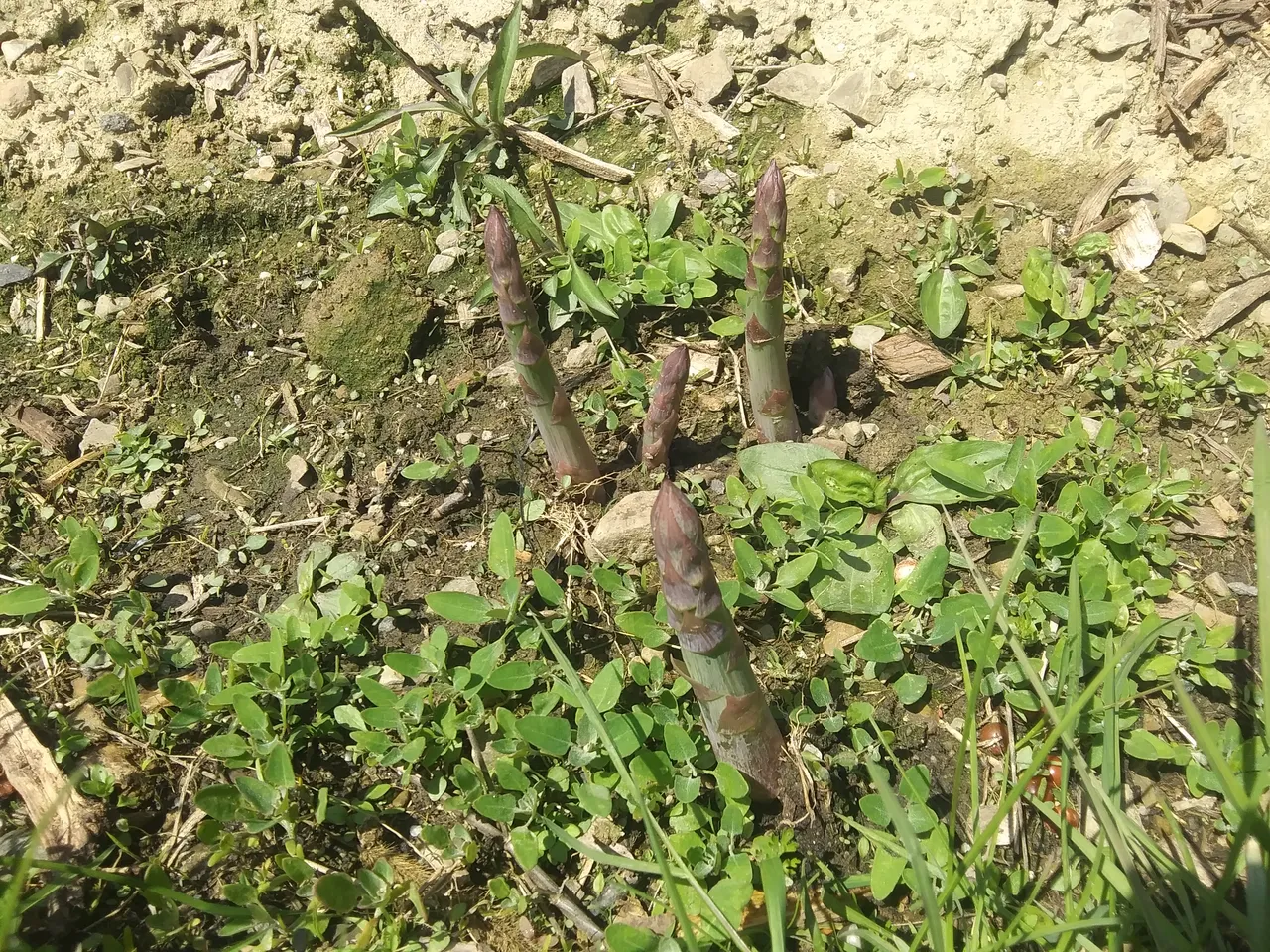
Coming in last (but not least!) for this post is Lamb's Quarters. This weed is in the amaranth family, and is very common worldwide. Although it is just starting to sprout here, it will often come up in large clusters, so anywhere you find it there will probably be enogh for a meal. It's a good source of plant protein and full of nutrients, and can be a lifesaving crop in a survival situation. These little sprouts I'll eat just like sprouts, roots and all. When the plant becomes larger, I'll harvest just the leaves to add to my wild foraged salads.
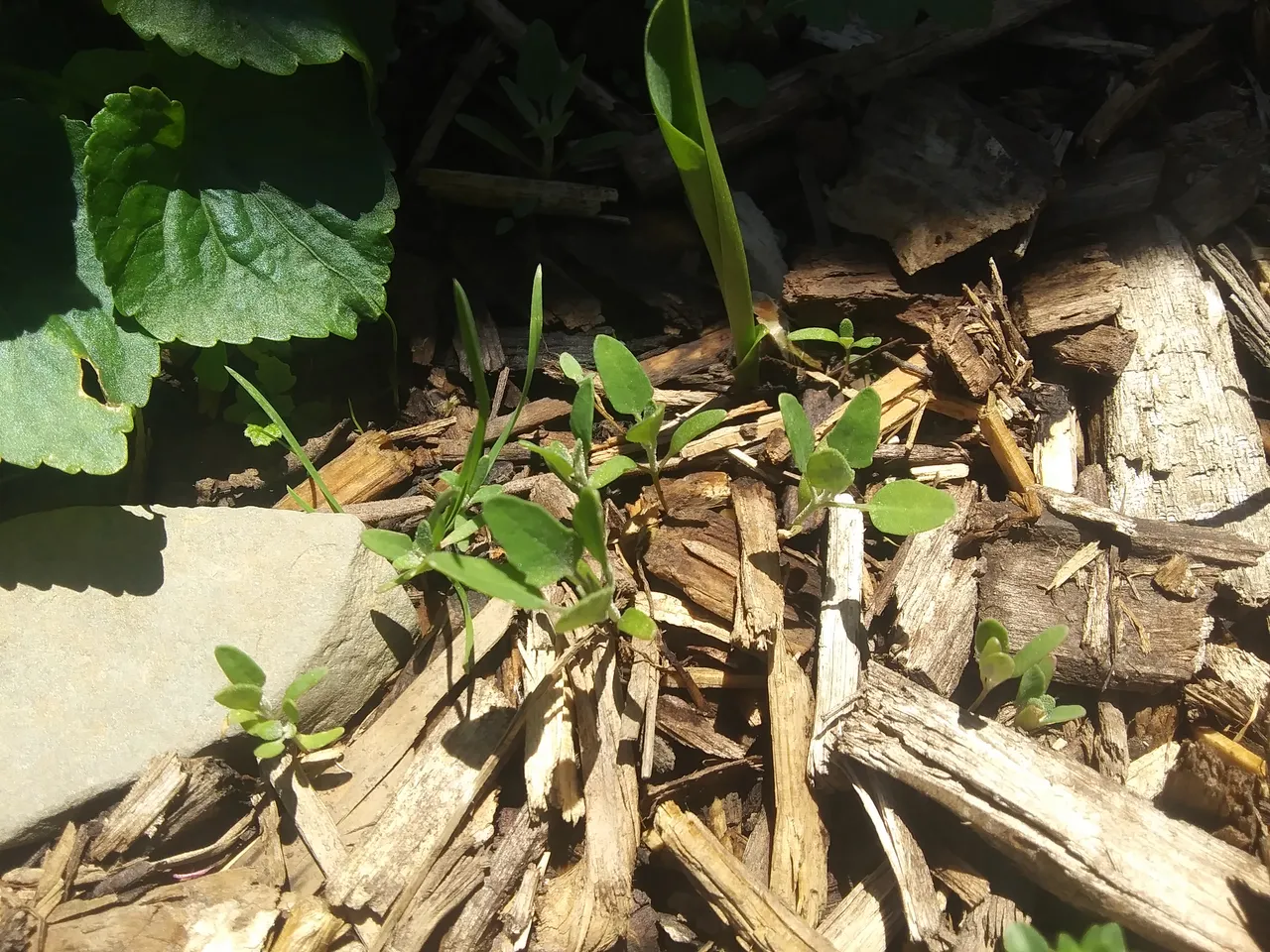
That's a wrap for today! I hope you've learned at least one new thing that you can eat in the wild. I believe that being able to recognize and prepare food without going to the grocery store is one of the most important skills a person can develop. Food security is one the most important factors to living a stress-free life, and the more you can provide your own food without the help of others, the more secure you will be.
I hope you all enjoyed this post. Give a follow if you like the content, I'll try to continue this series through the rest of spring, summer and fall. Until then, keep your minds opened and your bellies full!
